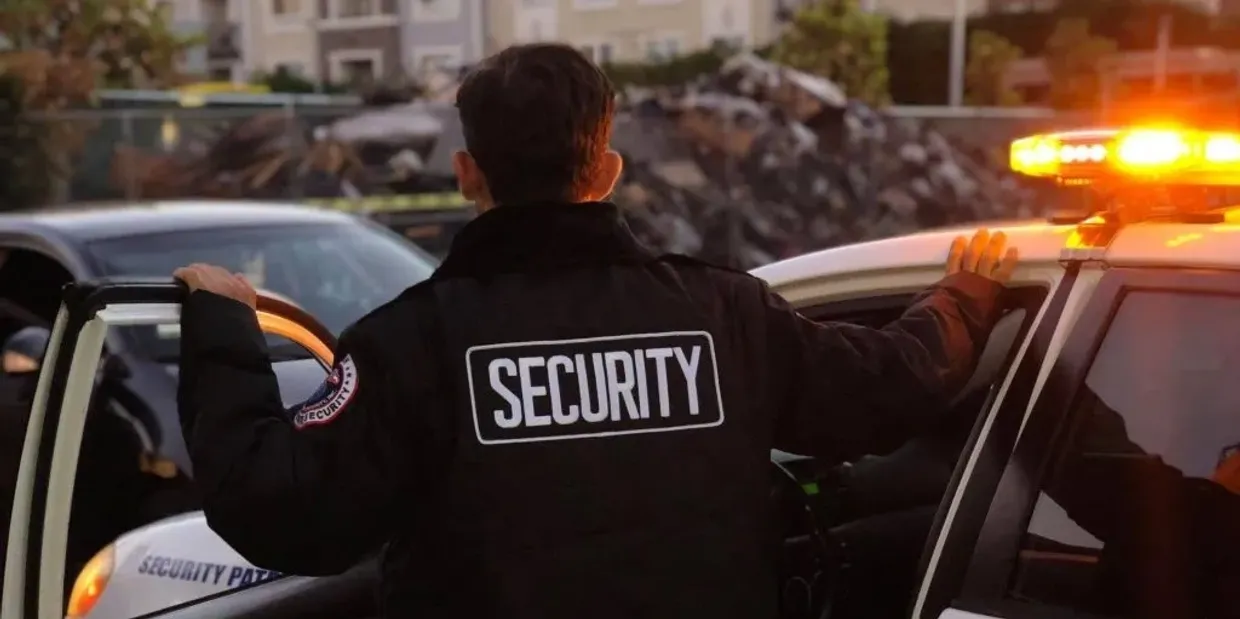Why Proactive Patrol Security Beats “Wait and See”
Security that only reacts is expensive and unreliable. By contrast, proactive patrol security anticipates trouble, deters opportunists, and short-circuits incidents before they become losses. Instead of relying on a siren-and-callback model, proactive programs blend visible patrols, targeted routes, video-verified alerts, and rapid on-site intervention—turning policy into daily practice across HOAs, shopping centers, offices, warehouses, and construction sites.
San Diego properties that adopt a proactive posture benefit from data-informed patrols, layered technology, and clear run-books that drive faster responses and fewer repeat issues. SDPD also publishes public dashboards that help managers understand local patterns and plan coverage windows—useful context for dialing patrol timing and locations.
What “Proactive” Really Means (Beyond Driving in Circles)
Hot-Spot Focus
Effective proactive patrol security prioritizes where risk actually concentrates—entries, parking lots, loading docks, and low-light corners—rather than evenly spreading officers everywhere. Research on “hot spots” shows that concentrating visible patrol resources in micro-locations reduces crime at those spots without simply moving it elsewhere.
Verification Before Dispatch
Camera analytics and sensor patterns trigger a human check—operators review short clips, alarm history, or two-way audio before sending patrols. Verification cuts false alarms and speeds the right response.
Randomized, Documented Routes
Randomized loop design avoids predictability. Officers scan GPS checkpoints, photograph anomalies, and log door/fence conditions, creating an auditable trail.
Close-Outs That Drive Improvements
Every incident ends with a time-stamped report and practical fixes—adjust lighting, re-aim a camera, tweak gate rules—so repeat causes disappear over time.
Core Components of Proactive Patrol Security
Visible Deterrence
Marked vehicles and uniformed officers signal accountability. Deterrence isn’t hand-wavy—it’s the first, cheapest layer of protection.
Integrated Technology
Live camera monitoring, access control, and video-verified alarms feed operators who cue patrols with precise locations and context. (SDPD’s mapping tools are a smart overlay for scheduling and route focus.)
Property-Specific Run-Books
Who gets called, when patrol rolls, when to involve law enforcement—spelled out by daypart and incident type so the field team acts in sync with management.
KPI Dashboard
Track alarm-to-verify time, verify-to-dispatch time, on-scene arrival, false-alert reductions, and repeat-cause fixes closed. If it’s not measured, it won’t improve.
Where Proactive Patrol Security Pays Off
Multi-Family & HOAs
Garages, package rooms, pools, and gates are high-activity zones. Officers trained in courteous enforcement and de-escalation reduce disturbances while building resident trust.
Retail & Mixed-Use
Evening loitering, glass-break events, and back-of-house access issues need quick, visible action. Proactive patrols coordinate with live monitoring so minor issues don’t become store closures.
Industrial & Logistics
Docks, laydown yards, and fuel points are targeted after hours. Focused patrols deter metal theft, catalytic converter theft, and trailer tampering—especially when directed by real-time camera calls.
Construction Sites
Open perimeters and high-value materials draw trespassers. Randomized sweeps and voice-down warnings (“Security speaking—please leave immediately”) prevent losses before they start.
To see how patrol coverage scales across larger footprints, check our guide to San Diego Mobile Security Patrols, randomized routes, alarm tie-ins, and report quality standards that complement proactive programs.
Building Your Proactive Patrol Program (Step-by-Step)
- Risk Walk & Heatmap
Walk the site at night and day. Map blind corners, choke points, and recurring issues. Use recent incident logs and neighborhood dashboards to time patrol surges. City of San Diego - Route & Checkpoint Design
Create randomized loops plus “must-hit” checkpoints linked to risk. Include doors, gates, roof hatches, dumpsters, and tool/stock rooms. - Verification Rules
Define how operators verify with video/audio/passcodes. Decide which events trigger patrol only vs. patrol + law enforcement. - Voice-Down & Access Controls
Add speakers at chronic hot spots and pair patrol with access control (tailgating rules, vendor validation) to close the loop between cause and effect. - Reporting Standards
Require time-stamped notes, photos, and clear close-outs with recommended fixes—lighting, camera angles, signage, landscaping. - Monthly KPI Review
Trend response intervals and false-alert rates; eliminate repeat causes and re-aim patrol effort where the data says it matters most.
What “Good” Looks Like—Signals You’re Getting It Right
- Incident rates fall in targeted zones while adjacent areas stay stable (not displaced)
- Patrol arrival times improve month-over-month during high-risk windows.
- False alerts drop as analytics and user practices (arming, door props) are tuned.
- Fewer repeat problems after lighting, angle, and access fixes are executed.
- Report quality rises, with usable photos, timelines, and corrective actions closed.
Why Choose City Wide Protection Services
- Proven Scale & Speed – 350+ properties protected; 65,000+ responses since 2016; 30+ verifiable life-saving interventions since 2020.
- Layered Approach – We connect proactive patrols with live camera monitoring, access/gate control, and alarm verification so alerts become outcomes.
- San Diego Know-How – Our run-books align with local patterns and PD protocols; we schedule routes where they count.
- Accountability You Can See – GPS checkpoints, photo logs, and monthly KPI reviews keep everyone aligned on results.
FAQs
Isn’t proactive patrol just “more patrols”?
No—it’s targeted, verified, and documented. The value comes from where and when you patrol, plus what happens after each sweep.
Do we need new cameras?
Not necessarily. We can often leverage existing cameras and add analytics or speakers at key points.
How fast can we start?
We’ll do a risk walk, publish an initial route and verification matrix, and begin tuning in days—not months.
Ready to Turn Presence into Prevention?
Stop reacting after the fact. With proactive patrol security, your property gets visible deterrence, real-time verification, and rapid on-site response—measured by KPIs that prove it’s working.
📞 Call us today: 888-205-4242
✉️ Email: [email protected]
We’ll walk your site, build a route plan, and stand up a proactive program that prevents incidents—not just records them.








